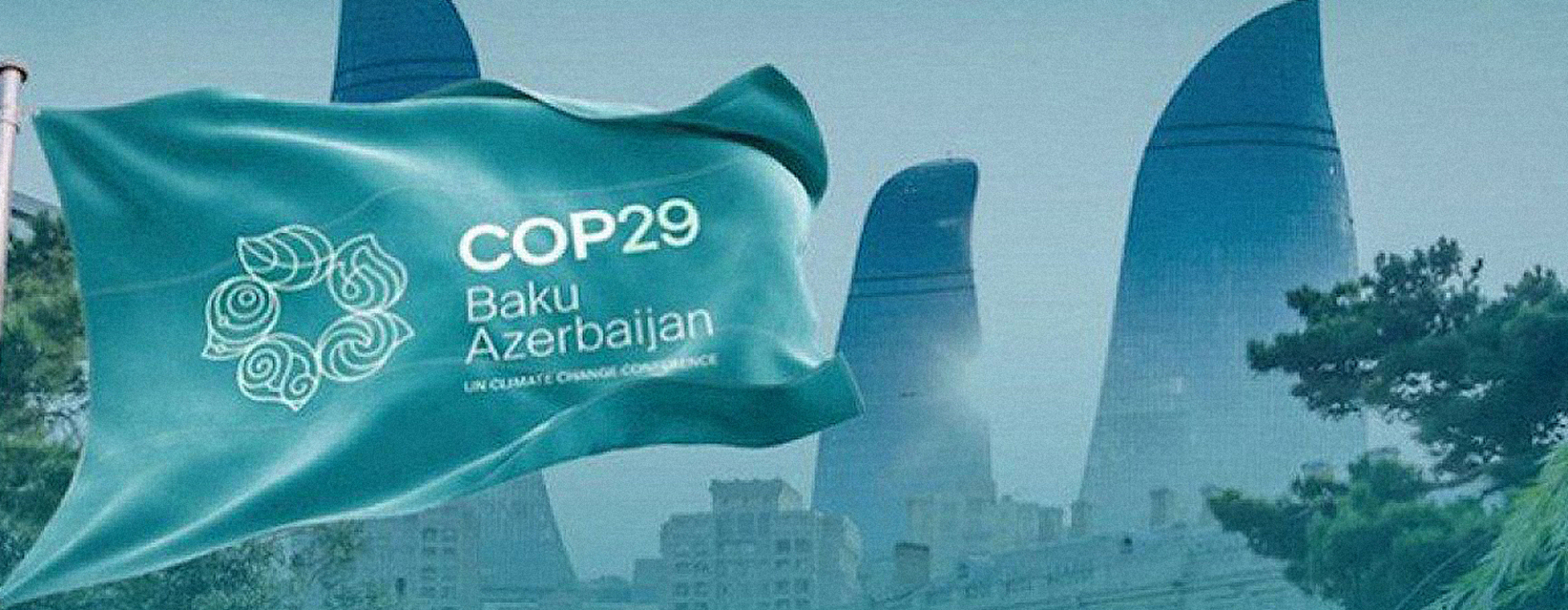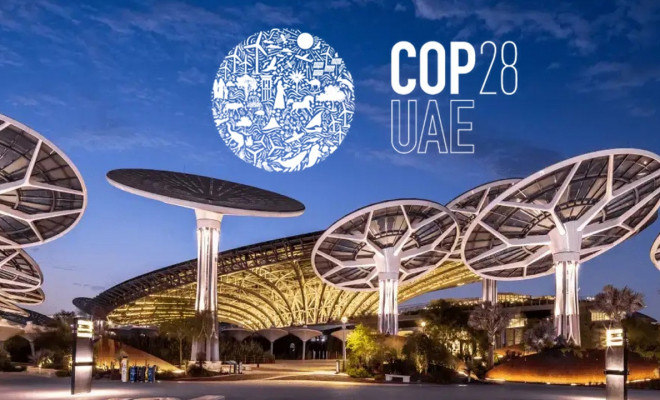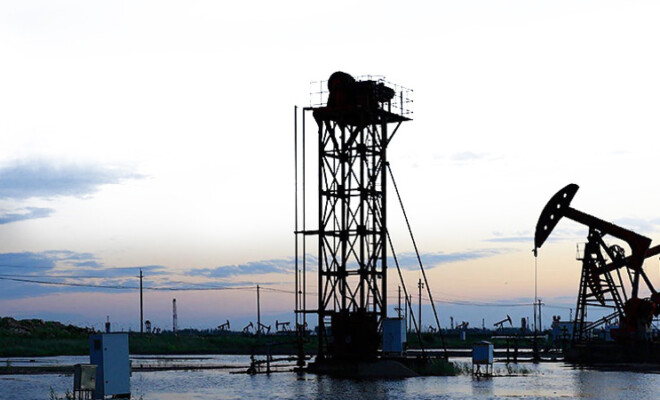
Dubbed the ‘Finance COP,’ the Baku conference faces the urgent task of turning climate ambition into fair and effective action.
“The overall landscape of financing in the fight against climate change remains inadequate. We must expand access to favourable financing conditions, streamline pathways to climate funds, and leverage these resources to reduce risk and cost.” Mukhtar Babayev, designated COP 29 president, summarized the main objective of the Conference of the Parties to be held from November 11-22 in Baku last week. It’s being called the “Finance COP,” though not to everyone’s liking, as those advocating for urgent action on emissions reductions fear that financial agreements, still marked by volatility, might remain unrealized, overshadowing the goal of staying below 1.5°C—a target many scientists already consider rhetorical.
Climate Financing: The clock is ticking
Who pays for what, and how? This remains the big question raised at COP27 in Sharm El Sheikh after the creation of the “loss and damage” fund, a key topic of debate at COP28 in Dubai. The fund’s philosophy is that the main contributors to climate change should bear the costs of helping the most vulnerable, who suffer the worst consequences. All UN countries have unanimously acknowledged this injustice for decades, but practical, consensual implementation remains elusive. In Sharm El Sheikh, countries were expected to agree on details of the fund’s implementation; however, despite some progress, no commitments were reached on key aspects such as financing mechanisms, the amount of contributions from developed countries, and timelines for implementation.
In Baku, parties will have to agree on a new global financing goal, called the New Collective Quantified Goal on Climate Finance (NCQG). This essentially updates the commitment to mobilize USD 100 billion annually in climate finance for developing countries by 2020—a goal set at COP 15 in Copenhagen that has proven difficult to achieve. As the climate crisis worsens, figures in Baku are expected to range between USD 500 billion and over USD 1 trillion annually, reflecting the severity of the damage being incurred. Given the scale of the challenge, it is crucial to consider the return on investment.
In the water sector, the World Bank estimated in 2020 that the cost of inaction on water issues was over USD 300 billion, while prevention costs five times less, around USD 55 billion. That means we would save USD 245 billion if we invested in prevention. The return on these investments is also clear to the UN financial agency: every dollar spent on resilient water infrastructure saves four dollars in costs.
In addition to the total figure, COP29 will discuss the conditions of the NCQG: who will be donors and recipients, what portion will come from public and private sources, and whether it will be in the form of grants or loans. Mukhtar Babayev points out that, as a first step, countries in Baku must intensify their Nationally Determined Contributions (NDCs) scheduled for 2025.
What about emissions reductions?
These proposals come with the condition that governments uphold the target of keeping temperature increases below 1.5ºC. As mentioned, the scientific community doubts that this is a realistic goal, with many climatologists even asserting that the IPCC-recommended threshold has already been crossed. The water sector again indicates the urgency of halting atmospheric warming by drastically reducing greenhouse gas (GHG) emissions. The UN states that for every 1ºC rise in temperature, water resources decrease by 20%. Water use continues to grow in volume; globally, it has increased by 1% annually over the last four decades, with this pace expected to continue until 2050. At this rate, demand for freshwater is projected to exceed supply by 40% in 2030. The goals set at the previous COP 28 remain in effect: triple renewable energy capacity, double energy efficiency by 2030, and gradually reduce fossil fuels. Tangible progress is expected in Baku to counter growing scepticism about these goals.
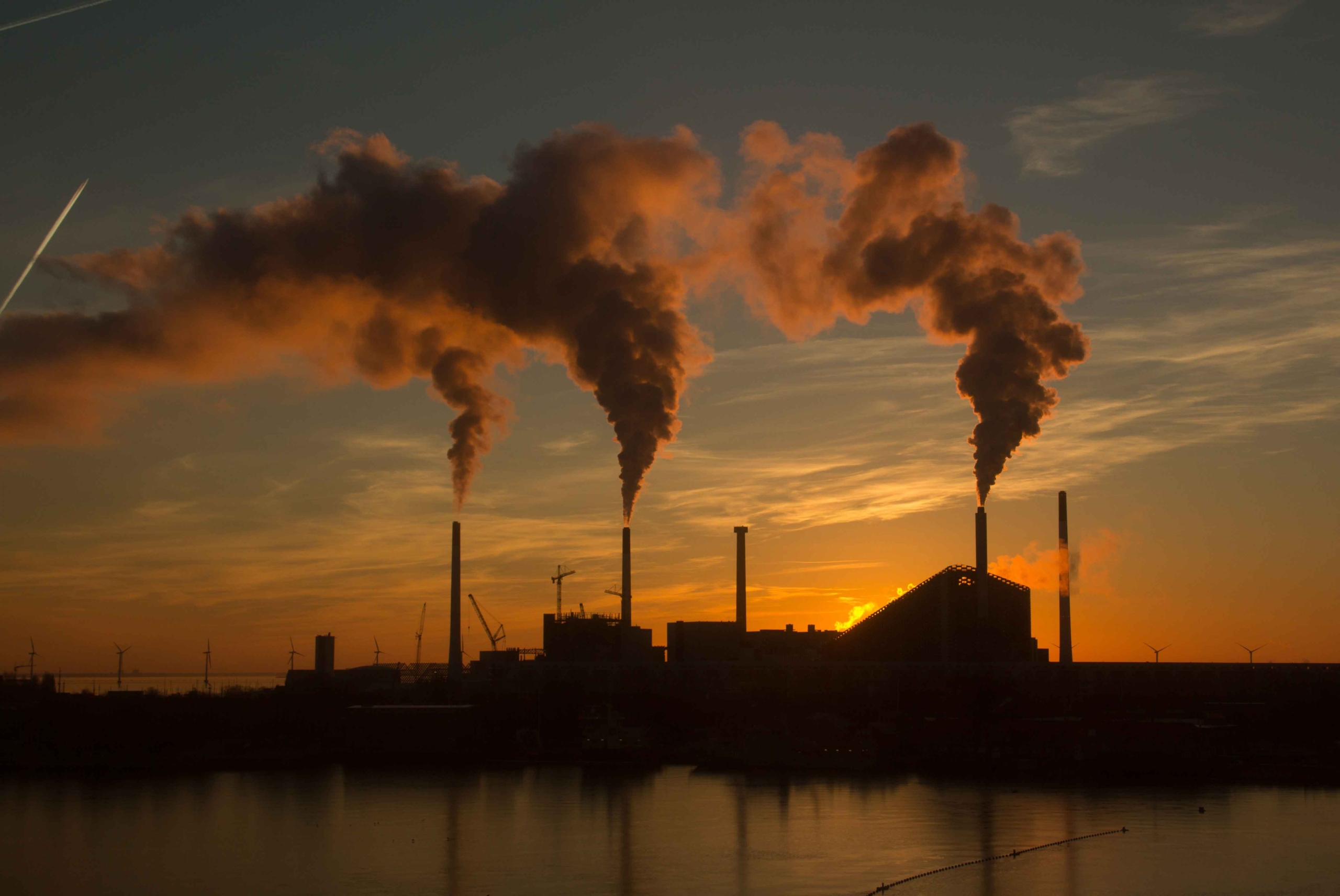
The water sector again indicates the urgency of halting atmospheric warming by drastically reducing greenhouse gas (GHG) emissions.
Will we achieve binding agreements?
The challenges of reaching a binding agreement on GHG reductions have lingered dramatically since the 2015 Paris Agreement, a trend repeated at COP28 in Dubai, to the frustration of UN scientists and experts, who believe we have wasted precious time over the past nine years. Similar disappointments are also occurring in the water sector. Last year’s United Nations Water Conference produced 689 agreements, but unfortunately, none were binding.
International pressure demands that Baku mark a turning point in this trend. The urgency is compounded by successive IPCC reports, whose predictions have been confirmed year after year, multiplying calls to accelerate change and avoid the worst.
The most hopeful aspect is that almost no one denies anymore that we are all in danger. Last June, António Guterres, UN Secretary-General said, “I hope COP 29 marks a shift in global recognition that we are heading toward an abyss.” And for Guterres, this threat must serve as a catalyst: “If we can make decisions that reverse the trend of climate change but at the same time respond to the needs of those developing countries suffering dramatic impacts and in need of resources, it would be a significant advance. Developed countries must take responsibility.”
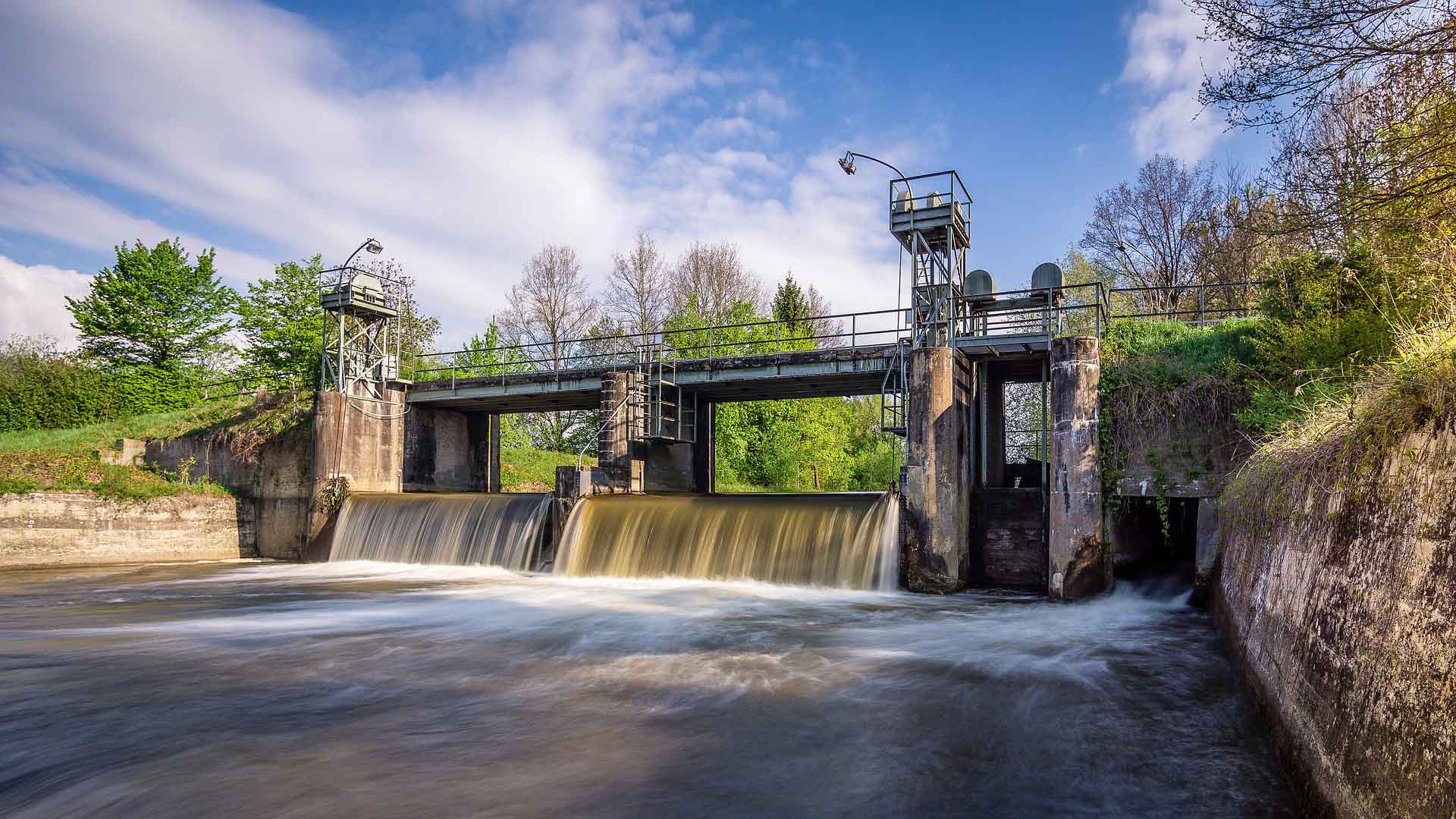
The goals set at the previous COP 28 remain in effect: triple renewable energy capacity, double energy efficiency by 2030, and gradually reduce fossil fuels.


